
After a challenging 2024, the flat-rolled steel market is cautiously optimistic about the year ahead. While declining interest rates may suggest better conditions, it remains uncertain whether this optimism is grounded in solid fundamentals or fueled by speculative expectations.
Challenges in 2024 and Early Signs of Recovery
The year 2024 was particularly tough for the flat-rolled steel sector, with falling prices and stagnant demand. Key industries like automotive, construction, and general industrial sectors struggled to gain momentum. One of the most significant developments in the sector came from Nucor, one of the largest steel suppliers. The company introduced a new weekly hot-rolled coil spot price. This move disrupted years of price opacity, but its long-term impact on the market remains unclear. Kallanish’s Sales Manager Brian Jurcyzk remarked that Nucor will continue posting prices if it proves beneficial to them.
Despite the tough conditions in 2024, some market participants are feeling more hopeful about 2025. Wolfe Research analyst Timna Tanners noted that a slight uptick in orders and reduced taxes and regulations might encourage more activity in the market. Furthermore, ITR Economics’ Taylor St. Germain predicted that 2025 will mark the beginning of five years of GDP growth. Significant recovery is expected in the industrial economy, driven by onshoring and nearshoring trends.
The key factor in boosting steel consumption is the reduction in interest rates, which began in the latter half of 2024 and is expected to continue into 2025. Lower rates are critical for industries such as automotive and construction. These industries are closely tied to affordability and mortgage rates. Although mortgage rates have not decreased as expected, this could still benefit the steel industry in the long term.
Sector-Specific Outlooks and Potential Tariff Effects
While no major markets are set for dramatic growth, some shifts in demand could occur due to policy changes. For instance, a reduction in regulations within the oil and gas industry could spur demand for steel. This is especially relevant for large-scale midstream projects, a segment where hot-rolled steel is typically used.
On the automotive side, S&P Global forecasts a modest 1-2% increase in U.S. sales, reaching 15.7 million units in 2025. Affordability remains a concern, but the outlook for residential construction is more positive. New home starts in 2025 are projected to top 1.1 million, representing a 13.8% increase, addressing the ongoing housing shortage.
However, nonresidential construction, which uses more flat-rolled steel, is not expected to see the same robust growth. Though analysts are forecasting mild increases, weaknesses in recent construction billings indices are not causing widespread concern. Healthy backlogs continue to provide stability.
A critical point of focus for the flat-rolled steel market in 2025 will be the future of tariffs. Under the previous administration, Section 232 tariffs helped domestic steelmakers by imposing 25% tariffs on steel imports and 10% on aluminum. While these tariffs still stand, their effects have softened in recent years. There is speculation that the incoming administration may introduce more widespread tariffs. This includes potential blanket tariffs and higher levies on imports from China and Mexico, which could boost domestic steel demand.
Despite the possible positive impact of tariffs, analysts caution that price increases may be temporary if they aren’t supported by stronger supply and demand fundamentals. Steel prices surged in 2018 following the introduction of Section 232 tariffs, but this growth was not sustained in the long term. Additionally, new steel capacity, such as the Big River and Steel Dynamics facilities, has not yet caused significant downward pressure on pricing. These additions have been slow to ramp up and are often directed at new markets.
In 2025, fewer steel imports are expected, regardless of tariff actions. However, the domestic industry is expected to fill this void without a dramatic boost in pricing. Wolfe Research predicts the average hot-rolled coil price to rise slightly to $750 per ton, up from 2024 levels. This is still below the average for the previous year.



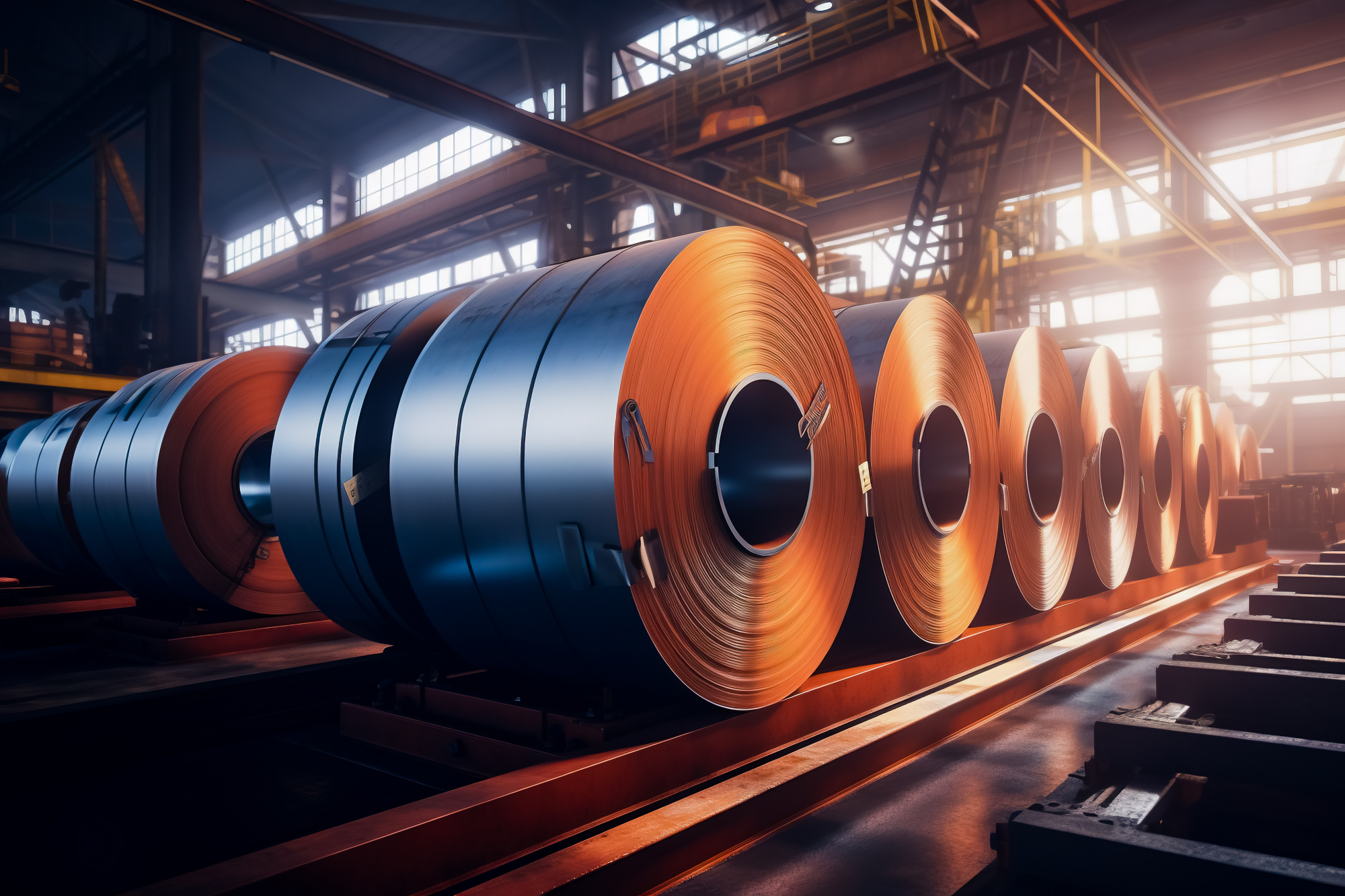

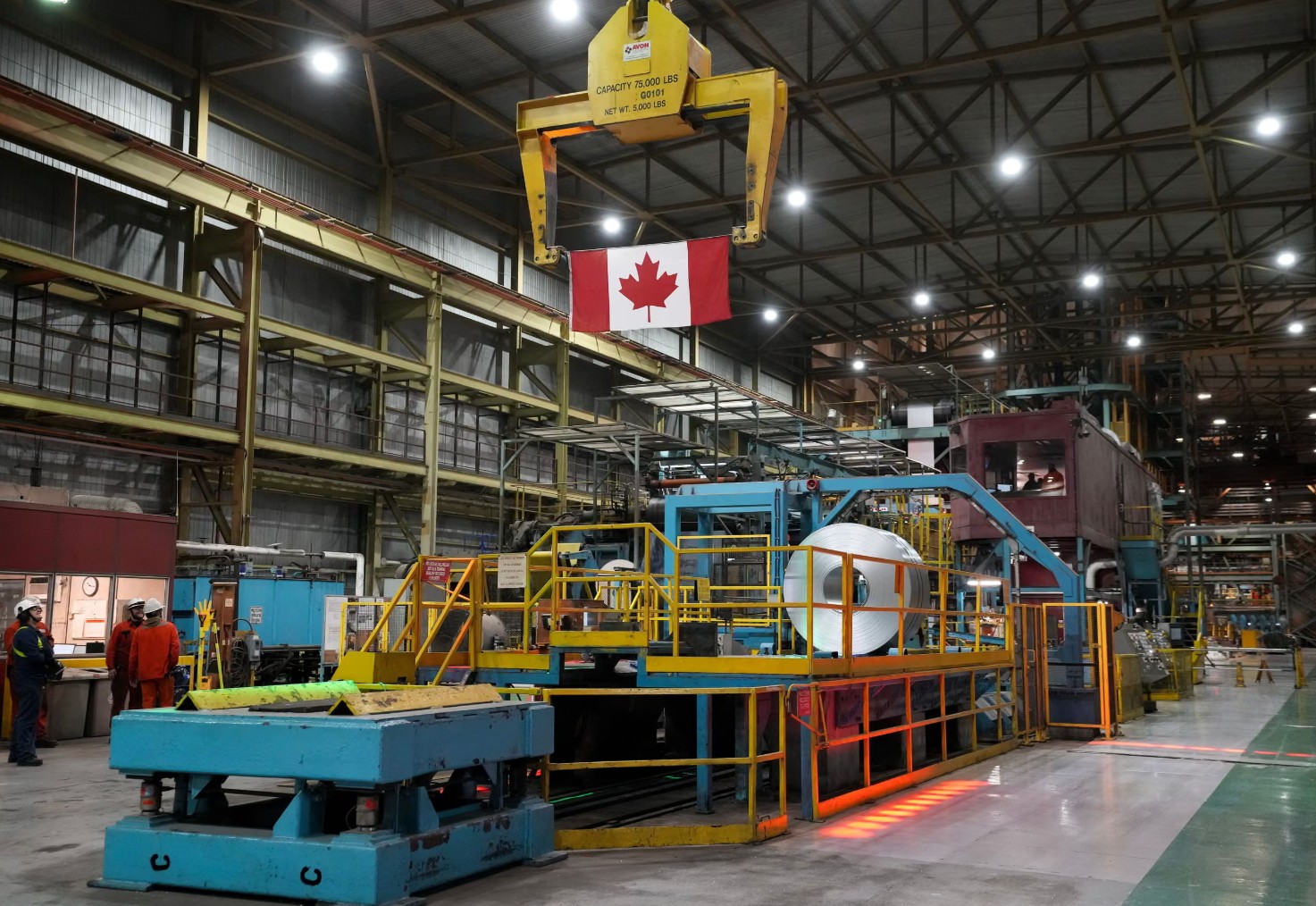

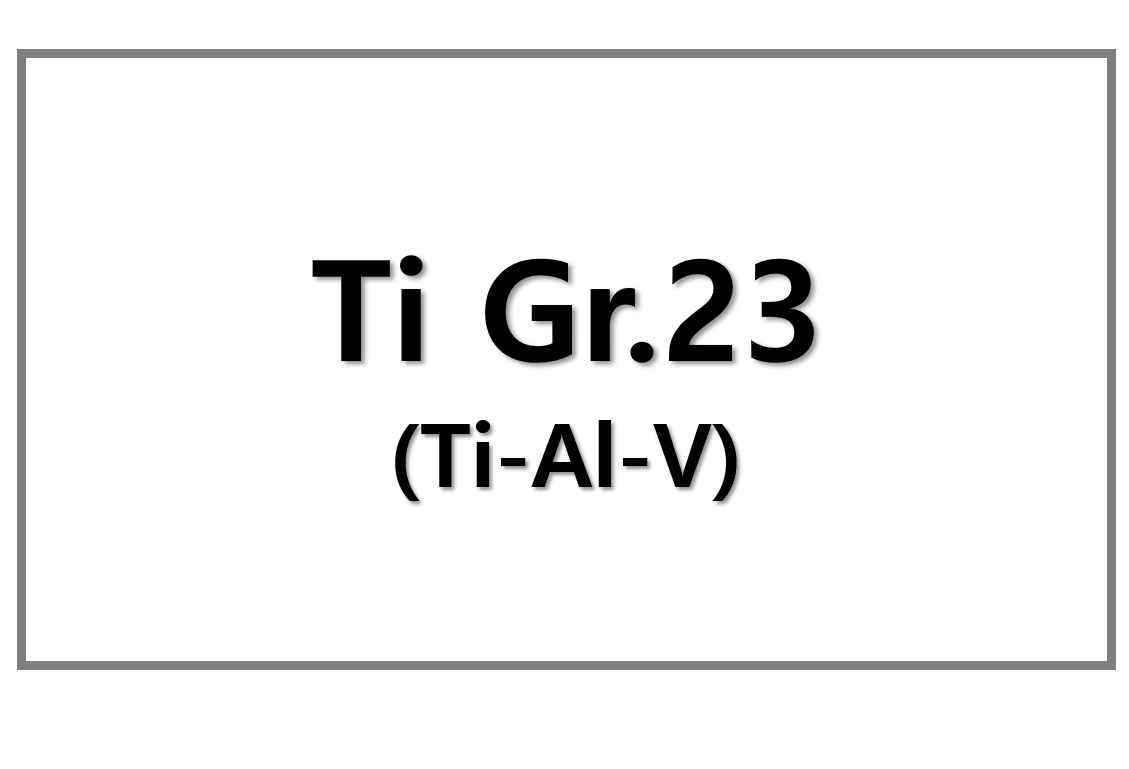
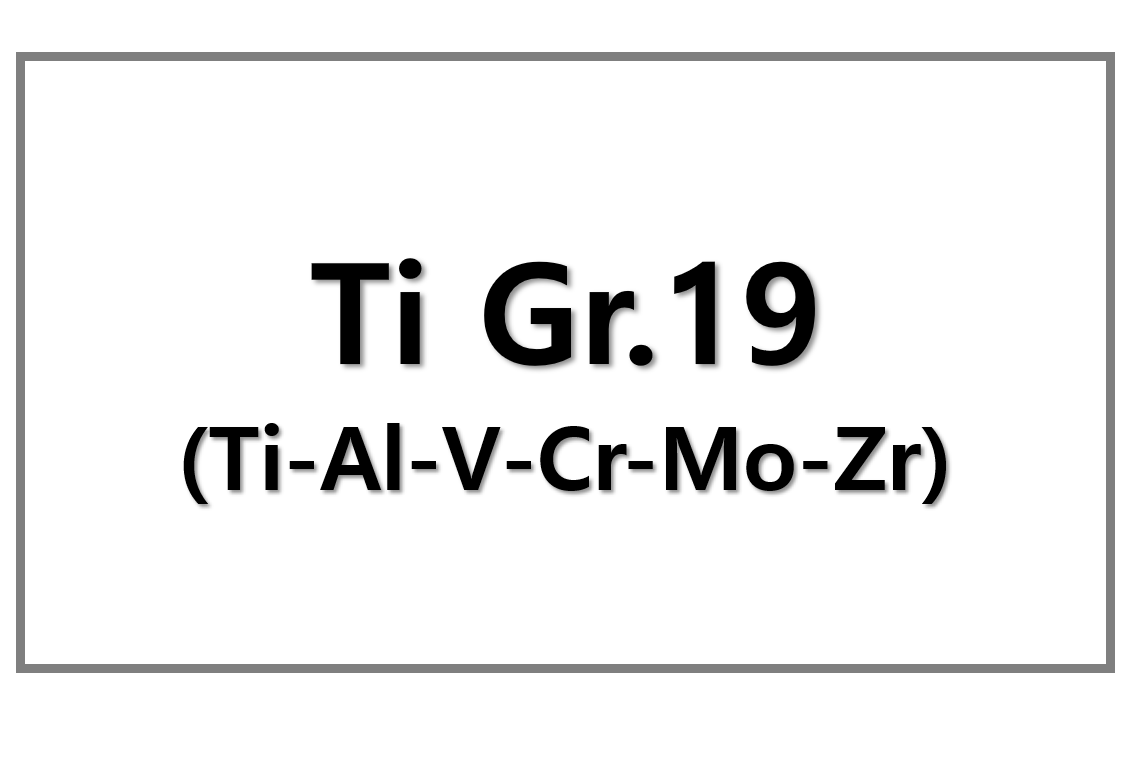
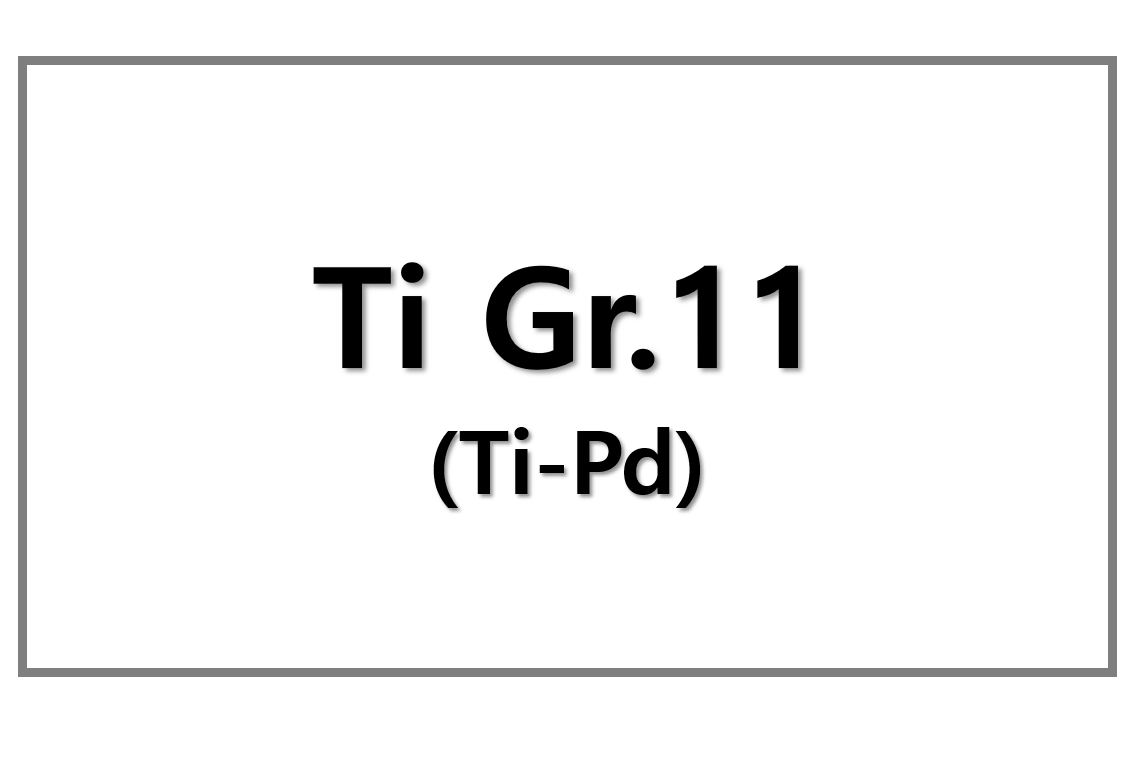
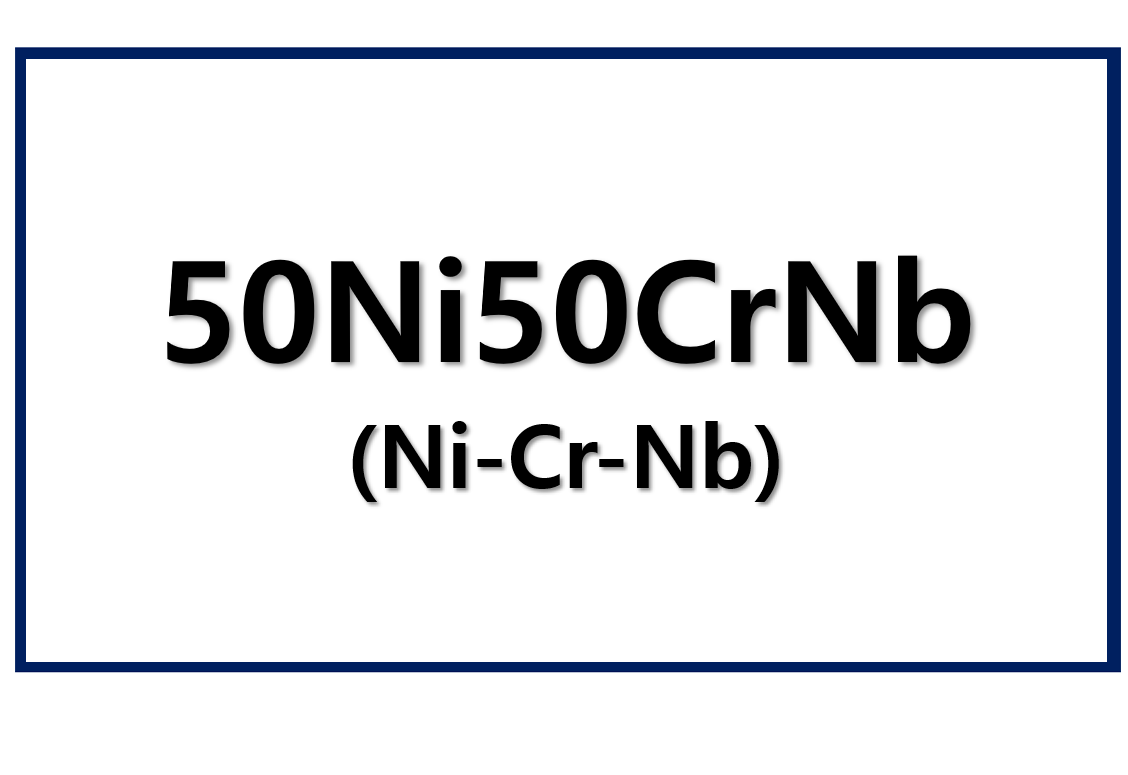
Leave a Reply
You must be logged in to post a comment.